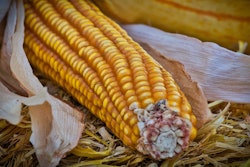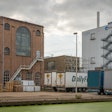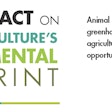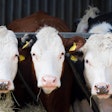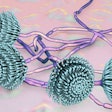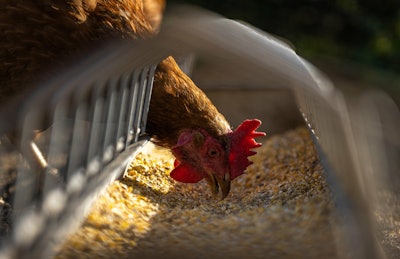
During a roundtable breakfast at the International Poultry and Processing Expo (IPPE) on Tuesday morning, members of the industry discussed the impact of moisture, temperature and pressure on the pelleting process.
In addition to members from Anitox, the round table included Dr. Enrique Montiel, global director of Nutrition and Live Production, Dr. Joe Moritz, WVU Professor of Poultry Science, and Dr. Wilmer Pacheco, Auburn University Professor of Poultry Science.
Creating high-quality pellets that support broiler performance requires the perfect balance of moisture, temperature and pressure.
Animal feed is made in accordance with nutritionist-set target specifications, including specific moisture requirements. Not only is moisture essential to diets, but moisture also plays a critical role in the pelleting process.
Adequate moisture supports the binding of feed particles, gelatinization, pellet quality, mill energy consumption and profitability. High moisture can cause “plug-ups” and reduced throughput within the mill, leading to heightened energy consumption and excessive microbial growth.
In contrast, low feed moisture results in brittle pellets that lead to increased fines and poor feed utilization on the farm. Moisture management is fundamental to producer profitability.
Even distribution and absorption of moisture prevent uncontrolled microbial load growth, supporting pellet quality and feed utilization while reducing production process loss and shrink.
Moisture is a significant factor in determining high-quality pellets. To protect feed form, producers must ensure that moisture absorption occurs uniformly.
For more information,visit Anitox.









